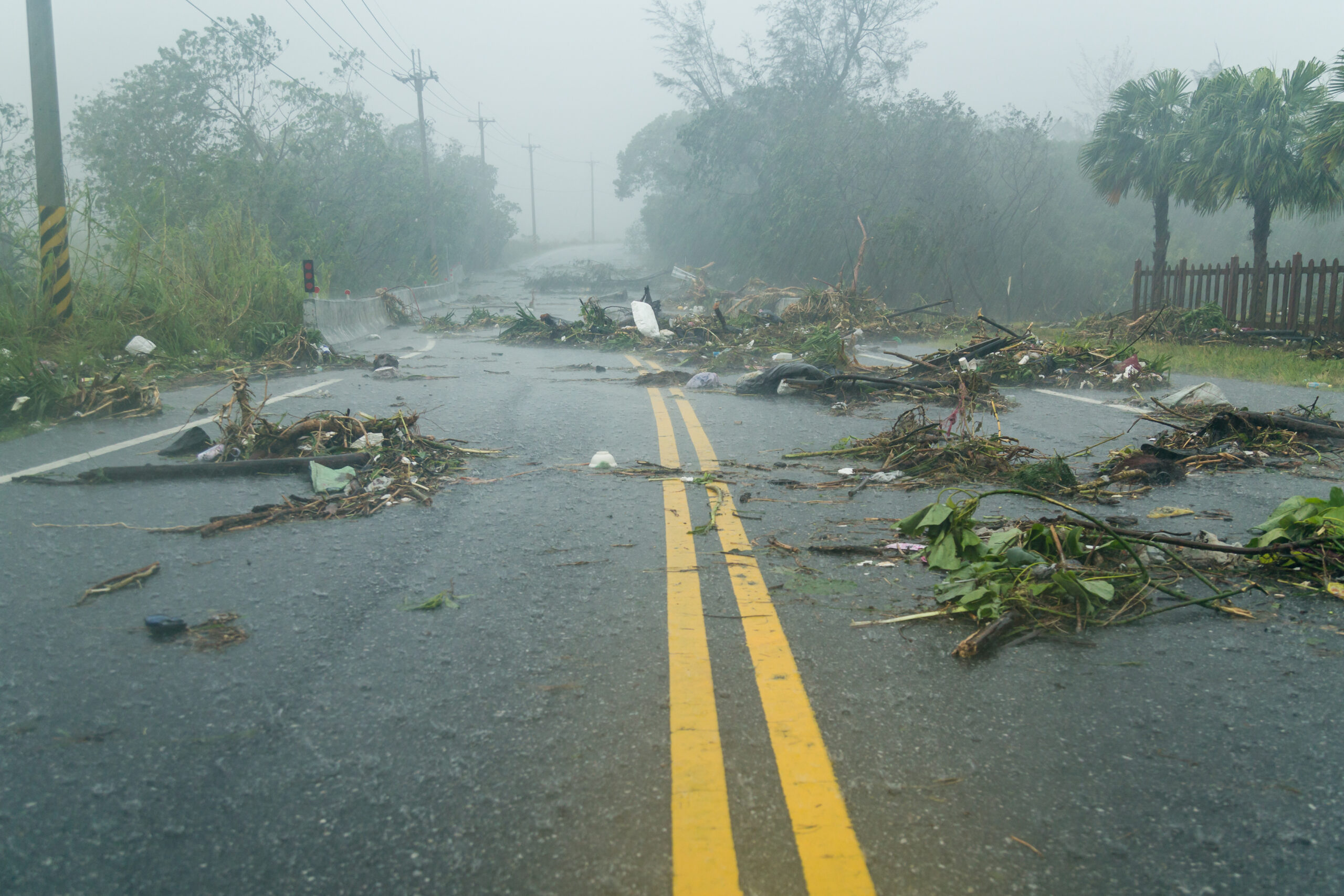Flu Season and COVID-19
It’s flu season again! Flu season is typically from October to May in the northern hemisphere. Like last year, we are still in the COVID-19 pandemic, which changes both how influenza (commonly known as the flu) affects us and the necessary precautions we must take.
Flu activity in the 2020-2021 season was surprisingly low. Only 1,675 out of 818,939 specimens tested contained the influenza virus (about 0.2%), which is extremely low compared to previous years, where the infection rates varied from 26.2% to 30.3%. This trend is true in the United States and the global community.
The 2020-21 season also had the lowest flu hospitalization rate on record since data was collected in 2005. Compared to the 199 deaths in the 2019-2020 season, only one sole pediatric flu death occurred.
Why is this? Well, it turns out that the COVID-19 mitigation efforts put into place helped lessen flu exposures as well. The wearing of masks, closing of schools, increased ventilation, social distancing, handwashing, and staying home all kept infection to a minimum. In addition, a record number of flu vaccines were administered in the 2020-21 season. Around 193.8 million doses were distributed within the United States.
The Flu vs COVID
While similar in many ways, influenza and COVID-19 are quite different. Both of these respiratory illnesses are highly contagious; however, they are caused by different viruses – the flu by the influenza virus and COVID-19 by the SARS-CoV-2 virus.
Nevertheless, many of the symptoms from these infections are similar, which makes it difficult to diagnose based on symptoms alone. Hence, it is important to get tested to confirm your diagnosis when experiencing fever, chills, coughs, fatigue, shortness of breath, or a sore throat. It is possible to have both COVID-19 and the flu at the same time. If you think you have the flu, contact your doctor or healthcare provider to find out how they recommend you get tested.
Studies on COVID-19 have determined it spreads faster than the common flu. COVID-19 is liable to cause more serious infection in some people. Compared to the flu, it takes longer to show symptoms and those affected stay contagious longer. For more information on the differences between these illnesses, please visit the Centers for Disease Control and Prevention’s (CDC’s) website.
Get Vaccinated!
With a surge of COVID-19 infections, it is more important than ever to get the flu shot.
Getting the flu shot allows for crucial benefits as it reduces your personal risk of flu infection, hospitalization, and death. As some studies have falsely shown, the flu shot does not increase your risk of getting COVID-19. Getting the flu vaccine helps lessen the burden of overall respiratory infections in your community by protecting vulnerable populations from falling seriously ill. The CDC recommends that all persons aged 6 months and older get a yearly flu vaccine.
Vice versa, the COVID-19 vaccine does not protect you from becoming infected with the flu as the vaccine only targets the coronavirus. The best way to prevent flu infection is to get a flu shot.
If it is suspected or confirmed that you have become infected with COVID-19, flu vaccination should be deferred until you are confirmed negative or are no longer contagious. It is not required to get tested for COVID-19 before getting your flu shot. However, if you are showing symptoms, you should go get tested.
Flu season during the COVID-19 pandemic certainly creates unique challenges. Make sure you are taking the precautions necessary to protect your health, your loved ones, and the health of your community members. It is highly recommended that you get a flu vaccination to significantly reduce your risk of infection. For more information, speak with your local health care provider.






